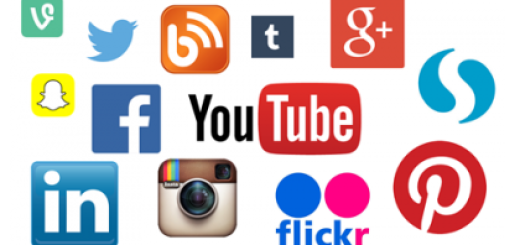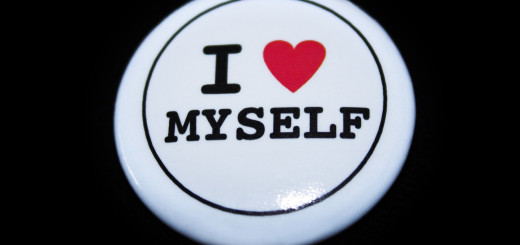Little Data: Bringing Sexy Back

Forget about big data for a moment: it can seem like a mountain peak viewed from afar, a daunting, mist-shrouded goliath in the distance. Like a mountaineer contemplating a climb, tech-heads like you and I think sometimes about tackling big data. Then we remember the “daunting” part and back down, intimidated by the scale of the exercise, and the time and effort required.
That’s ok, because in the rush to embrace the shiny allure of big data, we often overlook what’s at our fingertips: little data, the un-sexy, unglamorous and underrated – but incredibly accessible, useful and ubiquitous – granddaddy to B.D.

Data doesn’t have to be un-sexy: just look at this well-turned-out nerd!
Little data is the sum of the small interactions that surround us. It’s information you can gather quickly and easily, and start using right away:
- Hallway testing.
You don’t need a large, costly UX (user experience) exercise, to begin gathering data about your product or site. Jakob Nielsen explains why you need to test with no more than five users, to get key insights into your work. But why wait to find even five users? Right now, you can take a paper prototype of whatever you’re working on and walk down the hall. Simply showing what you’ve developed to a few people – even people in the same office as you – will start delivering insights and intelligence right away. Waiting for a big honking UX test before you start harvesting the benefits of user insights (increased sales, sign-ups, site traffic, etc.) is a lost opportunity. - Google Analytics.
You don’t need statistical packages like R, Tableau or Spotfire to start mining data. Google Analytics allows you to take huge sets of data – i.e. your web traffic – and begin slicing and dicing it in a million different ways. From goal funnels to audience segmentation to cohort analysis and more, Google Analytics lets you dip your toe into the shallow end of the data mining pool. No statistics degree required. - Social media monitoring.
There are dozens of social media monitoring solutions, from Hootsuite’s freemium model to five-figure institutional dashboards such as Falcon and Social Studio. Luckily, the freemium / free trial model available on some of these dashboards is all you need to get started. By monitoring search terms, you can start collecting valuable data about what people are saying about your brand. Many of these dashboards allow you to segment data, analyze sentiment, and even apply basic heuristics and machine learning. By analyzing sources, hashtags, traffic volume and more, you can gain valuable insights into online conversation. - Microsoft Excel and Google Sheets.
Spreadsheets are more than 50 years old, which should give you an idea of both how totally un-sexy and incredibly useful they are. They’re the overlooked, underrated workhorse of data analysis. They’re also the easiest way to take data (often exported from Google Analytics or social media monitoring dashboards) and analyze it in novel ways. You can start our data analytics journey with the charting and graphing functions available in either, but Microsoft Excel in particular will take you all the way into intermediate-level statistical analysis tools such as multiple regressions. Either one will serve as an excellent bridge between the worlds of third-party dashboards and big data solutions.





